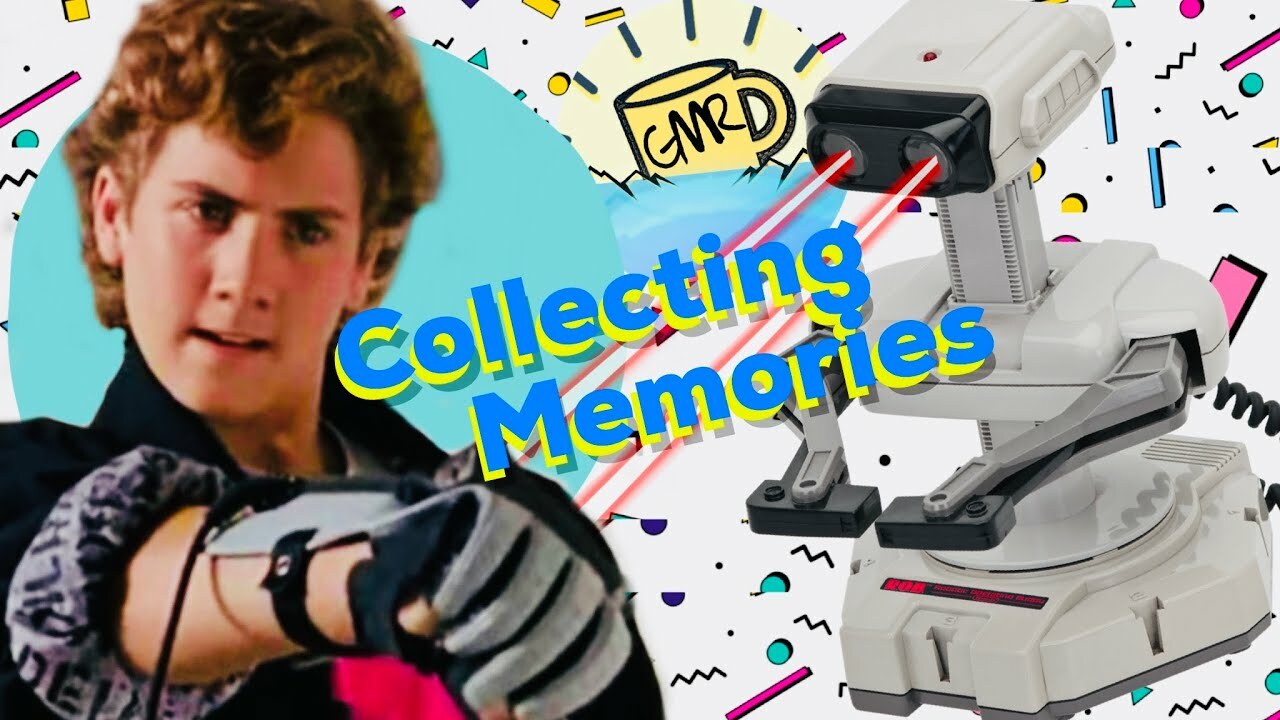Share
A Year OF Fear
While writing this, I became interested in watching one of those “years in review” segments that news channels promote as a post-Holiday reflection on what made the passing year worth experiencing, despite the overwhelming and glorified tragedy and loss. Lucky for me, Youtube exists in a post-1993 American society and that year’s CNN “Year in Review” was uploaded. Things of note for 1993 in this recap: Bill Clinton becomes the 42nd President in a peaceful transfer of power from Daddy Bush. Waco siege. UN Violence. First WTC attack. And, yes, even flashing images of Donald Trump and second wife Marla Maples welcoming their first and only child Tiffany.
Violence, too, was no stranger to 1993 as a year, I learned, as the retrospect advanced, for much of the world was in explosive civil unrest between religious and cultural boundaries, from Northern Ireland to Somalia. It is an American phenomenon, however, to place unfounded blame for such on the “evils” of society, notably the industries of entertainment and pleasure, much in tune with a witchhunt in Salem. Anti-Parent stuff like Slime, Cartoon Cartoons, and Moon Shoes were made popular through the opposition of Reagan-era conservatism. Due to the increased consumption of violent video games and media such as Ren & Stimpy in the youngest of audiences, many political figures, and concerned baby boomers scapegoated the medium as the decay of morals, ignoring the very real tide of the country’s own civil unrest threaded deep within its fabric. The next year, the ESRB would be founded, fueled by an ill-informed Senate resigned to “save” the sanctity of America’s children, but not much else.
Funny how those same disapproving parents most likely got divorced during the decade, or at least a best friend’s parents definitely did. Obviously, this says more about the shifting dynamics of American culture and family during 1993 than Mortal Kombat ever would.
The Kids Are Not Alright
What the CNN “Year in Review” failed to mention is the release of a little game called Zombies Ate My Neighbors for the SNES and Sega Genesis consoles in 1993. When I posted the title screen from the game on my social media while playing, forgotten people from high school that I’m somehow still connected with even commented on their fondness of this run and gun. The image of a Twighlight Zone spiral on the box art and cartridge with the screaming lady was an image I certainly stared at for an extended length of time, still hypnotized by the game’s reality where Universal Classic Monsters, Ed Wood, and Tim Burton decided to make a video game. This is actually not a farfetched reality, as much of Tim Burton’s arguably best work is released by 1993; Burton ultimately adding a macabre flair different from the slasher flicks of the 1980s to American pop culture of the time, surely to the dismay of the aforementioned conservative upbringings.

Developed by LucasArts and published by Konami, Zombies Ate My Neighbors is the stuff of retro cult status and plays much into Burton’s love of things disturbingly Americana. The co-op mode is perhaps the greatest of the 16-bit era, and both one and two-player modes allow players to choose as the 3D glasses, skull shirt-wearing Zeke, or his capped counterpart Julia. The two are well-programmed and responsive, even now, to kill hordes of zombies, butcher-knife wielding dolls, giant babies, numerous mummies, aliens, deadly garden weeds and spores with spikes, and hockey mask chainsaw spinning blockheads in an effort to rescue their neighbors from evil, much like that from a favorite horror movie, that have descended upon their world. Some of the neighbors in the game include a fat man in a tube, lazily drinking in a pool, a baby tittering in circles on one leg, and a dad grilling with his barbeque. Zombies Ate My Neighbors perfectly emulates the 1990s fascination of all things grotesque; the decade that gave kids a board game where players would pick boogers out of some guy’s head, for chrissake.

I was not one of those kids with parents who cared for my moral compass. By the time I was five, I was your best friend whose parents could not see past the smoke of a torched middle-class life, and thus, filed for divorce in the chaos. My father lived out of his car for a while as my mother allowed another man and his colorful children from two previous marriages make a bedroom out of the garage. His sons brought along with them the crass and dysfunction I still can’t afford the therapy for today; however, also added NES and SNES consoles to my understanding of video games.
Suffice to say, the house was divided, my siblings and I with our little black Sega Genesis and sampling of baby games and our age-relative stepbrothers having already mastered every Legend of Zelda game to date.
So we did what any broken family did in the 1990s; play video games for hours on end.
Yeah…so…How’s the Game in 2020?
When I replayed Zombies Ate My Neighbors most recently, I wasn’t initially transported to these personal thoughts on 1993. I was actually really floored by how much I remembered of the maps and nuances of enemy patterns, how easy it was to navigate through each wonderfully realized stage of dead ends and undead, even on single player.
The game itself is simple: Rescue all the humans before the monsters take over and move onto the next stage. Players can deflect attacks and sometimes defeat certain enemies with a squirt gun filled with holy water, a bazooka, unopened soda cans, or an inflatable cackling clown, just to name a few options. If the player fails to rescue at least one neighbor by level’s end, they will lose a life. Run out of health? Lose a life. As the stages progress, so does the game’s difficulty, which rarely lends itself to unfair spikes or randomly infuriating boss battles.

The top overview of the screen is crucial to the delivery of this gem. In an era defined by side-scroll platforming, the camera angle of Zombies Ate My Neighbors, similar to Smash TV or even Legend of Zelda, lets the player act as God or an omnipotent observer, guiding a quite responsive Zeke or Julia sprite through the door that appears at the completion of every level. This viewpoint also gives players a great sense of space within the frame, allowing for moments of unintentional intentional discovery of weapons/ammo, health, and keys to the furthest corners of the screen, as if you were playing a Castlevania title. It is, however, more fun to use the bazooka on an entryway or wall rather than a key.
And so the game continues; forty-eight levels of monster mayhem.

The game screams of whimsy, from the cultural references in the actual stages and their names to the concoction the player can drink from an Erlenmeyer flask that turns Zeke or Julia into a muscle-bulging deformity, ready to punch holes into everything and everyone. It’s great how enemies explode in a puff of smoke when a player defeats them. I love saving the kid from the trampoline, as the positioning of the sprite changes to reflect jumping up and down. Although exploring different boundaries within a level, such as inside a house, can be cumbersome, repetitive, and clunky to maneuver, the diversity in attack weapons and baddies is numerous compared to titles of the same year.
Girl Patrol
Only when I realized I was playing as Zeke for the first time did I begin thinking in terms of the past.
I never played him as a kid because I was the girl sibling in real life, and my new brothers would not stand for a girl playing as a male character. Gender restrictions like these became custom around the time my mother remarried, as I was exclusively the yellow or pink Power Ranger and I never used the N64 controller with the working joystick or worse, broken Z button. I always had my controller hooked to the second player slot or was supplied with the shitty, cheap Mad Catz replica. I learned at a very early age that opportunities for girls and boys are not equal, even in a video game without a noticeable difference between the abilities of gendered characters.
Something video games taught me that was more damaging than whatever the government was trying to protect me from.
And in the end, Zombies Ate My Neighbors might as well be a survival guide to our own devised realities of today. In 1993, California was on fire and the Midwest underwater, as a new president descended upon the White House. It was a year of unending cycles of position and opposition in parallel with our most recent, just as every year is in order to embrace the next. Another year to watch the world burn, to be overtaken by imagined forces of fabricated evil and destruction.
Zombies Ate My Neighbors is ultimately a genius commentary on the shifting of American values during the beginning of the new millennium. The game recreates a familiar setting for our biggest imagined nightmares even in 2020, as terrifying monsters overtake the idealistic American landscape of manicured suburban lawns, blissfully ignorant citizens, and escalators to nowhere in shopping malls.




